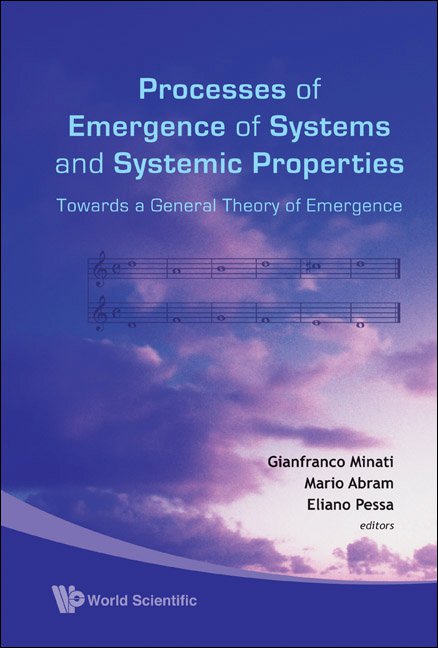MUSIC: CREATIVITY AND STRUCTURE TRANSITIONS
Music, compared to other complex forms of representation, is fundamentally characterized by constant evolution and a dynamic succession of structure reference models. This is without taking into account historical perspective, the analysis of forms and styles, or questions of a semantic nature; the observation rather refers to the phenomenology of the music system. The more abstract a compositional model, the greater the number and frequency of variables that are not assimilated to the reference structure; this "interference" which happens more often than not in an apparently casual manner, modifies the creative process to varying but always substantial degrees: locally, it produces a disturbance in perceptive, formal and structural parameters, resulting more often than not in a synaesthetic experience; globally, on the other hand, it defines the terms of a transition to a new state, in which the relations between elements and components modify the behavior of the entire system from which they originated. It is possible to find examples of this phenomenon in the whole range of musical production, in particular in improvisations, in the use of the Basso Continuo, and in some contrapuntal works of the baroque period, music whose temporal dimension can depart from the limits of mensurability and symmetry to define an open compositional environment in continuous evolution.



